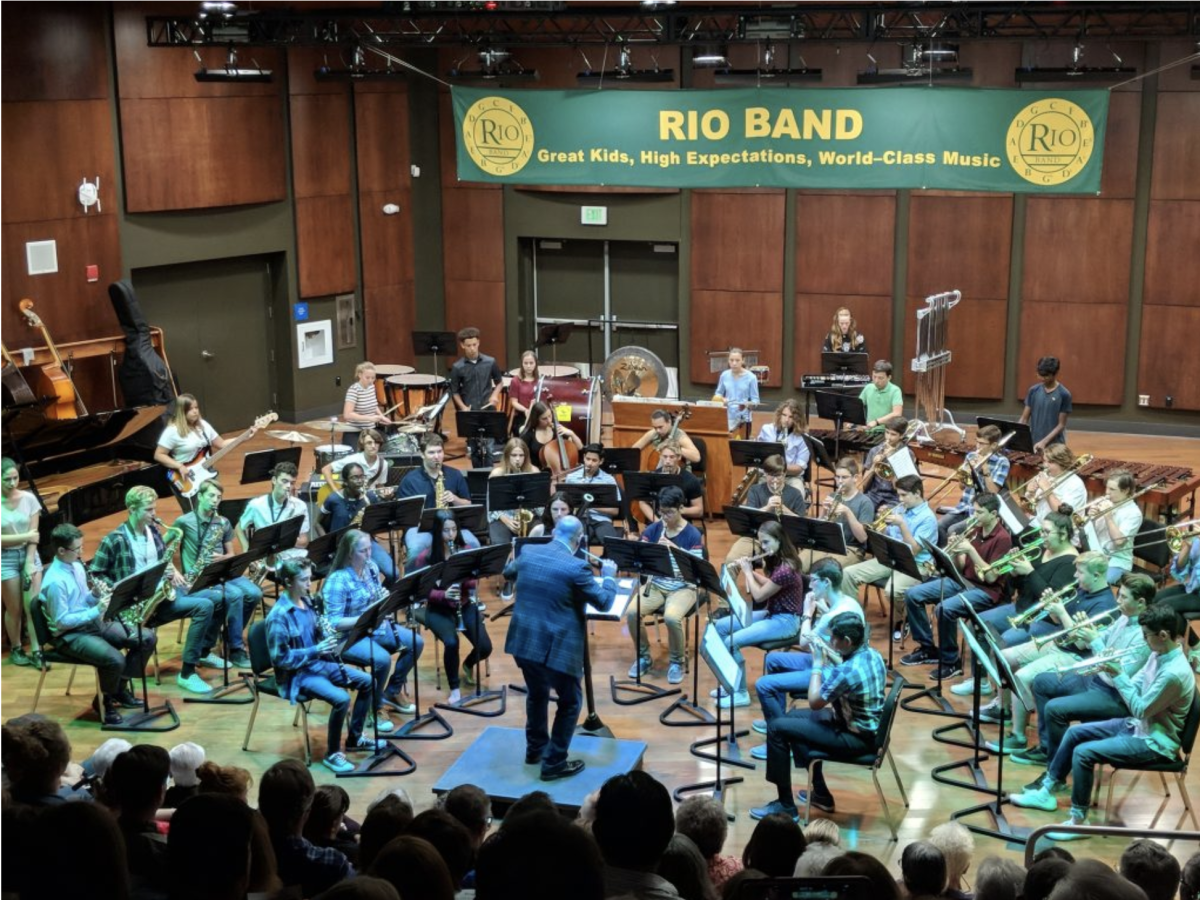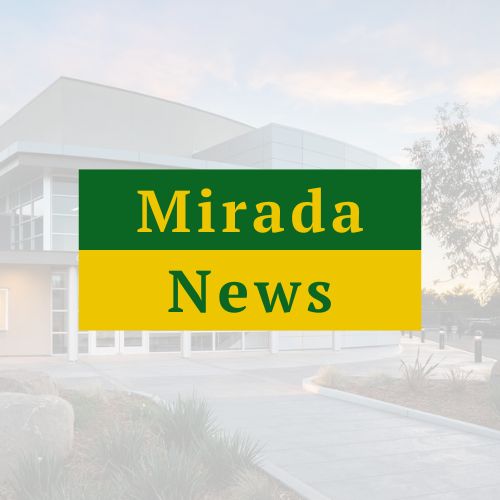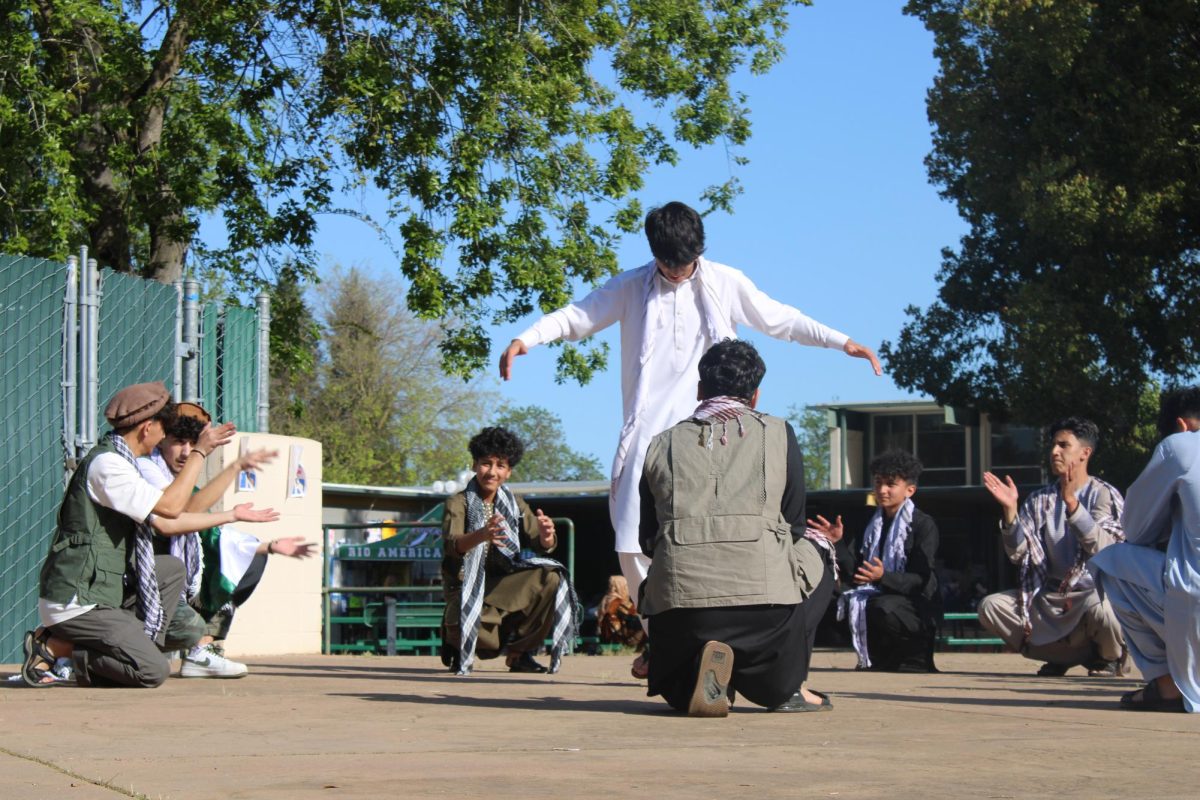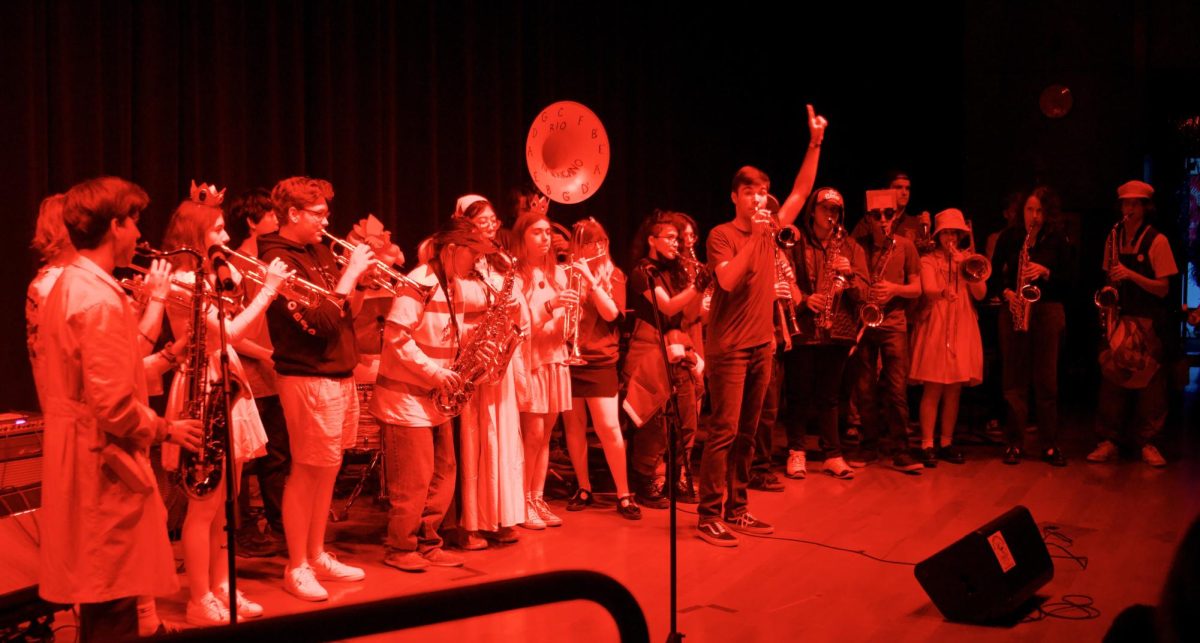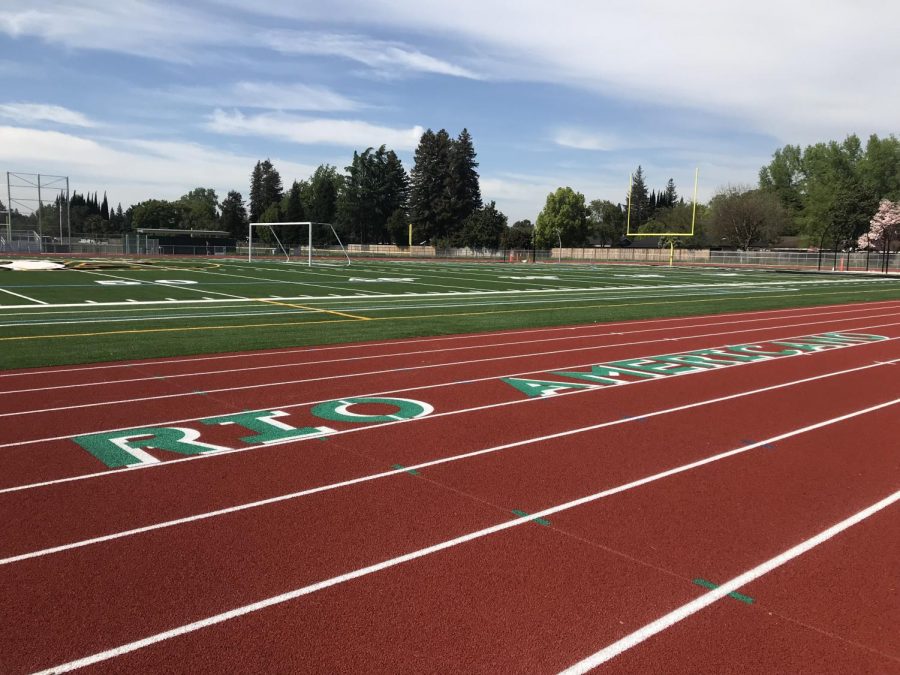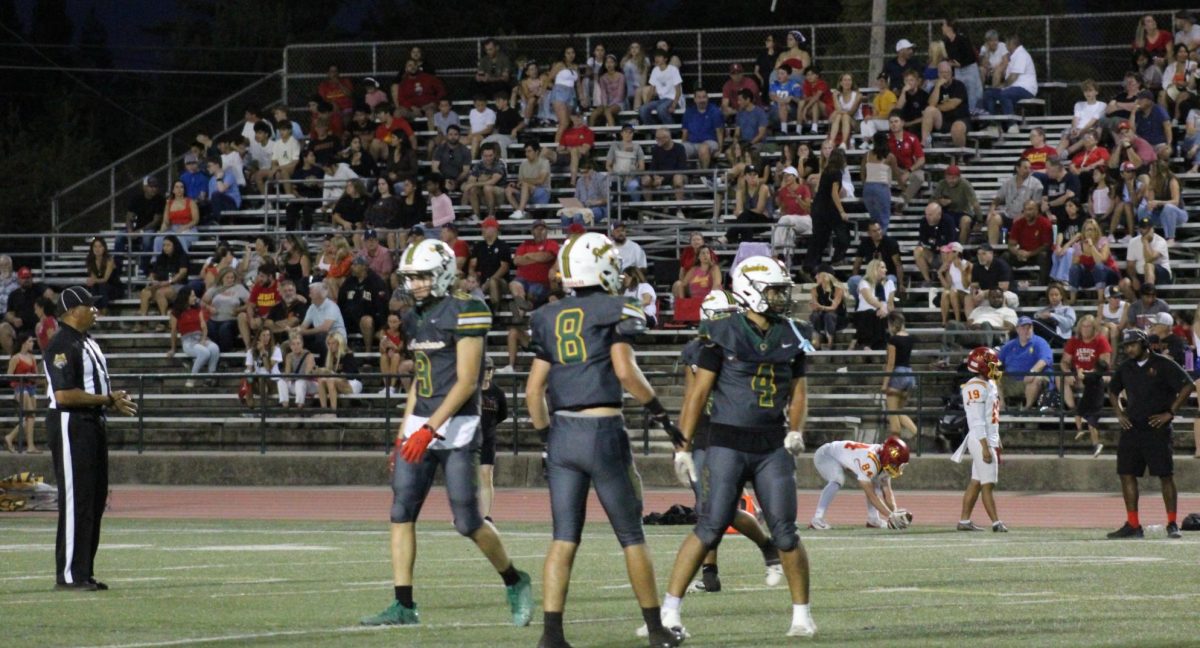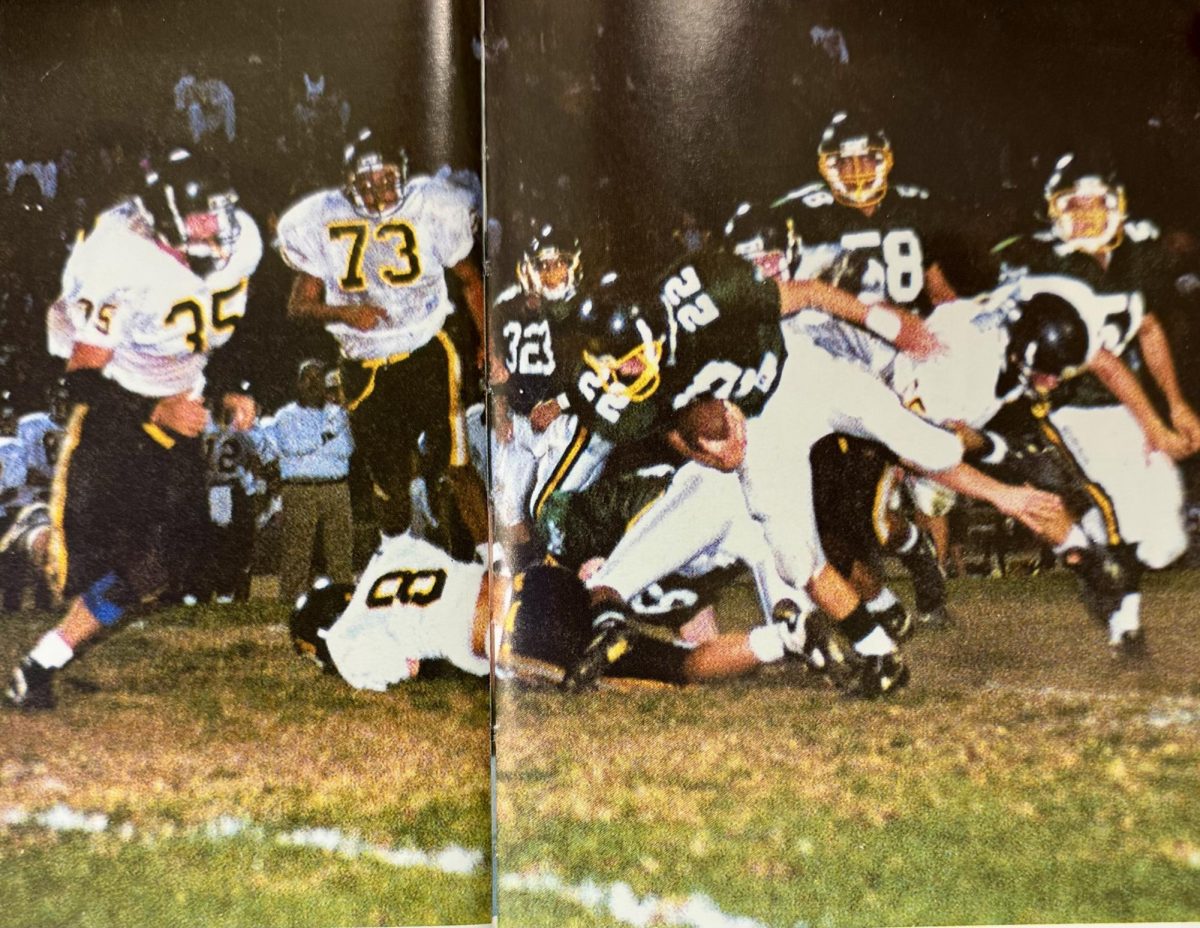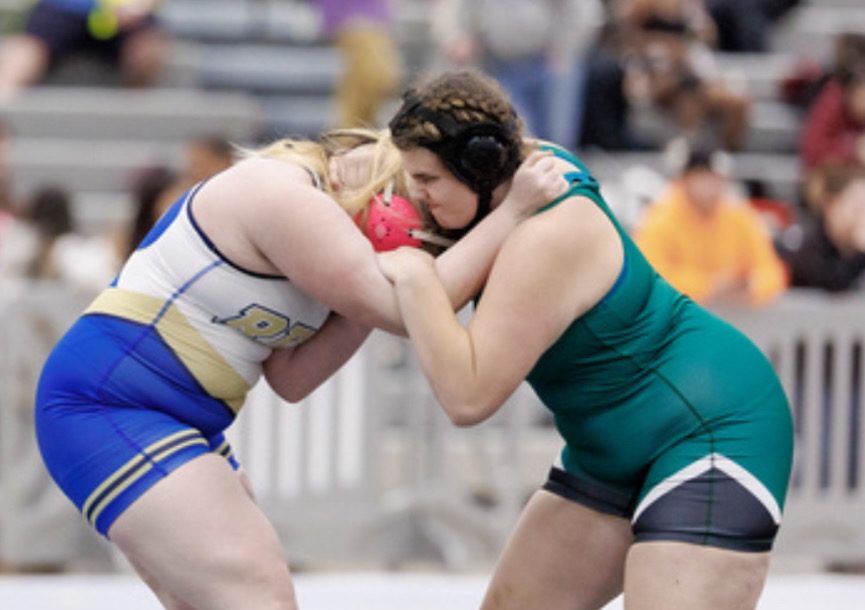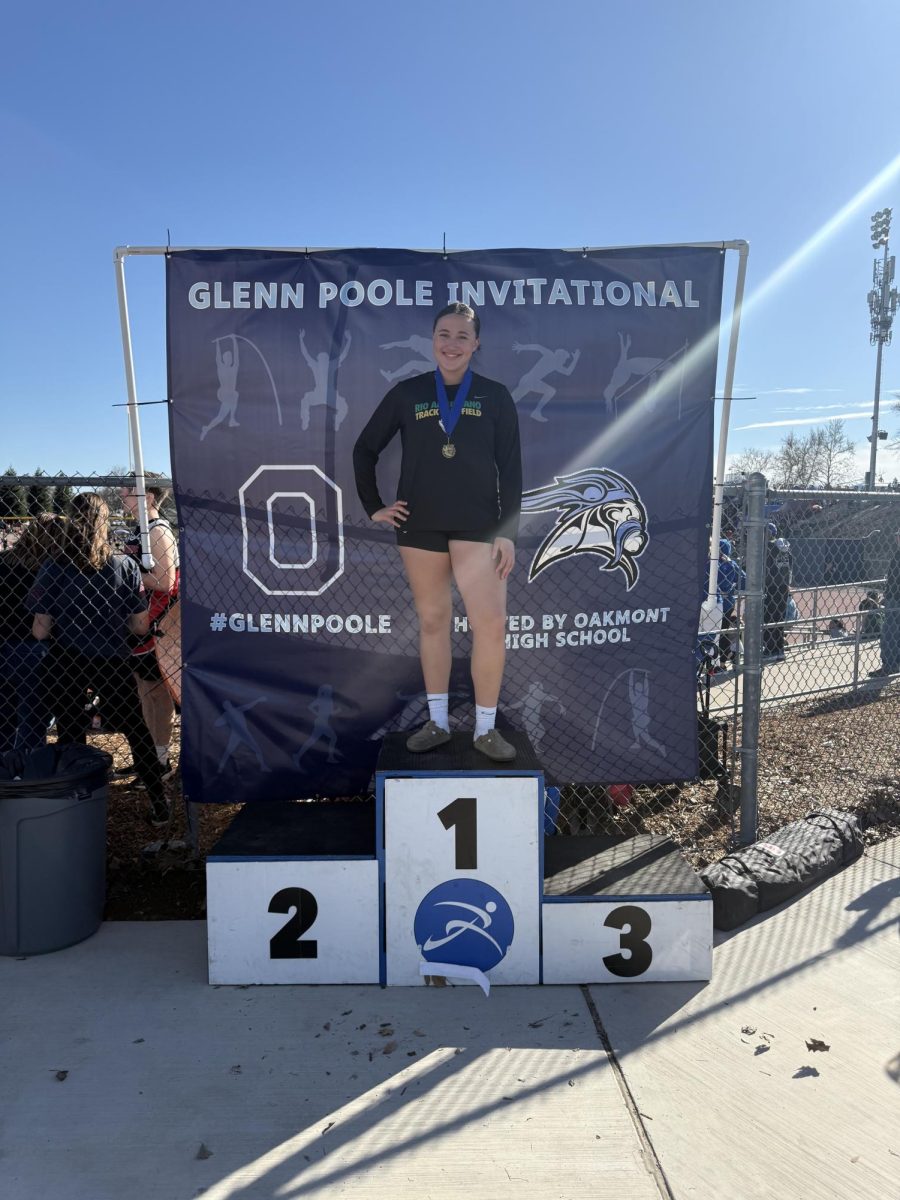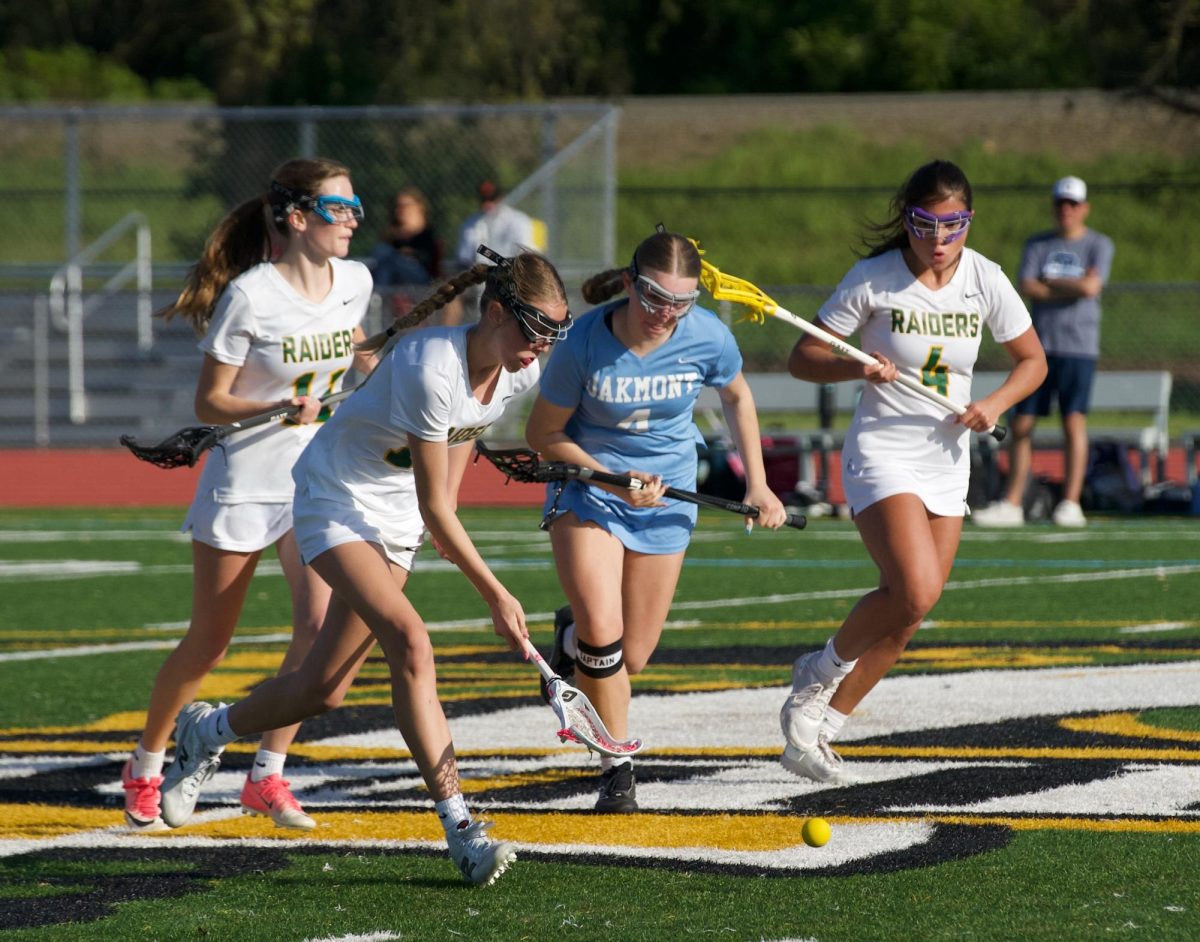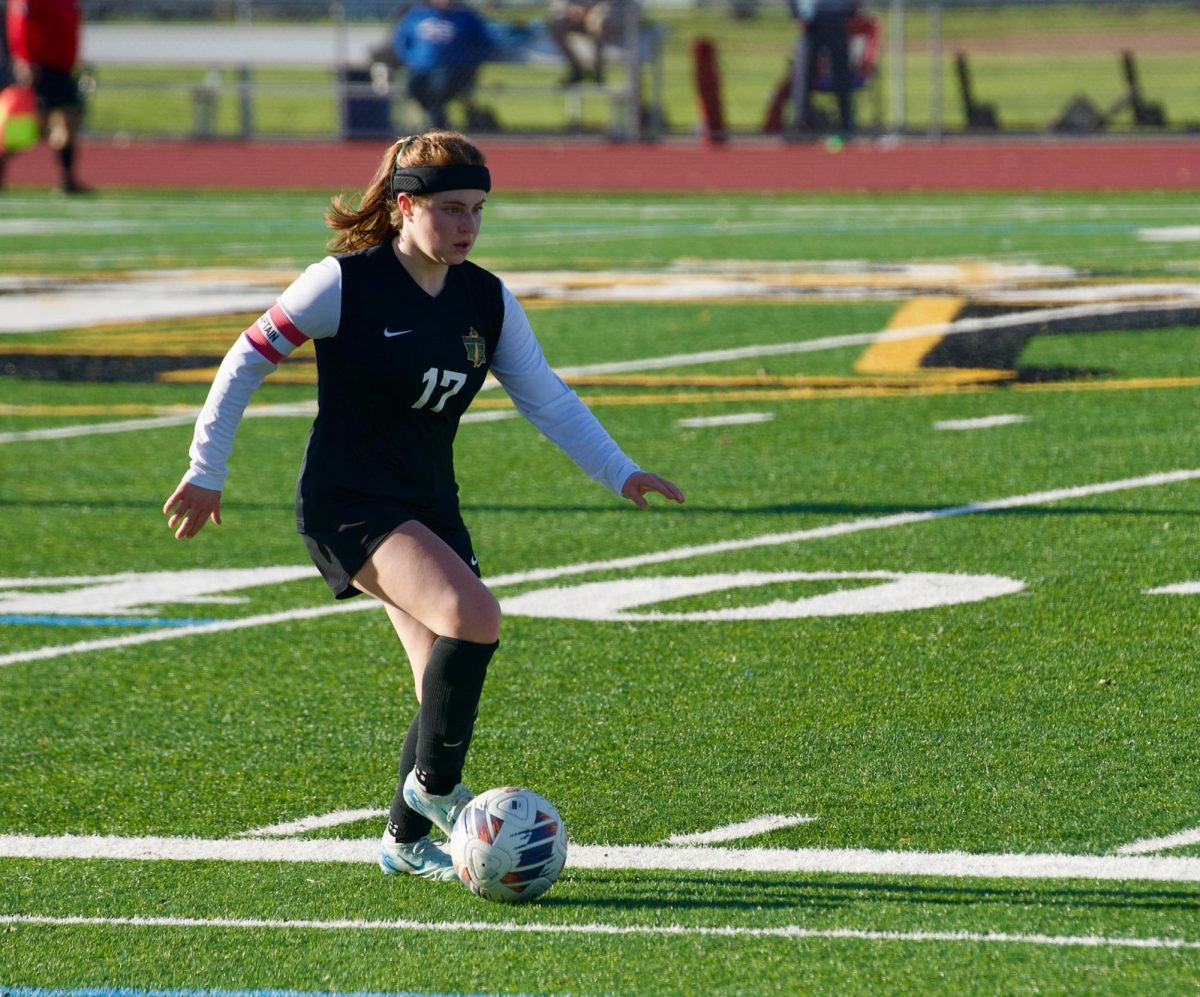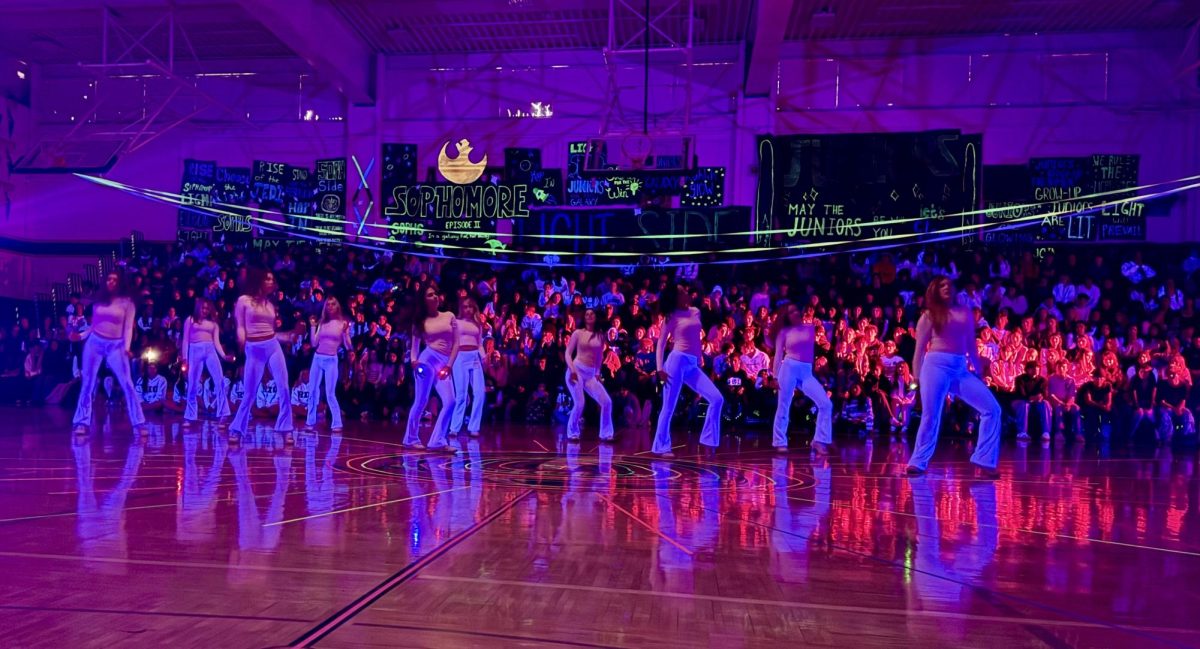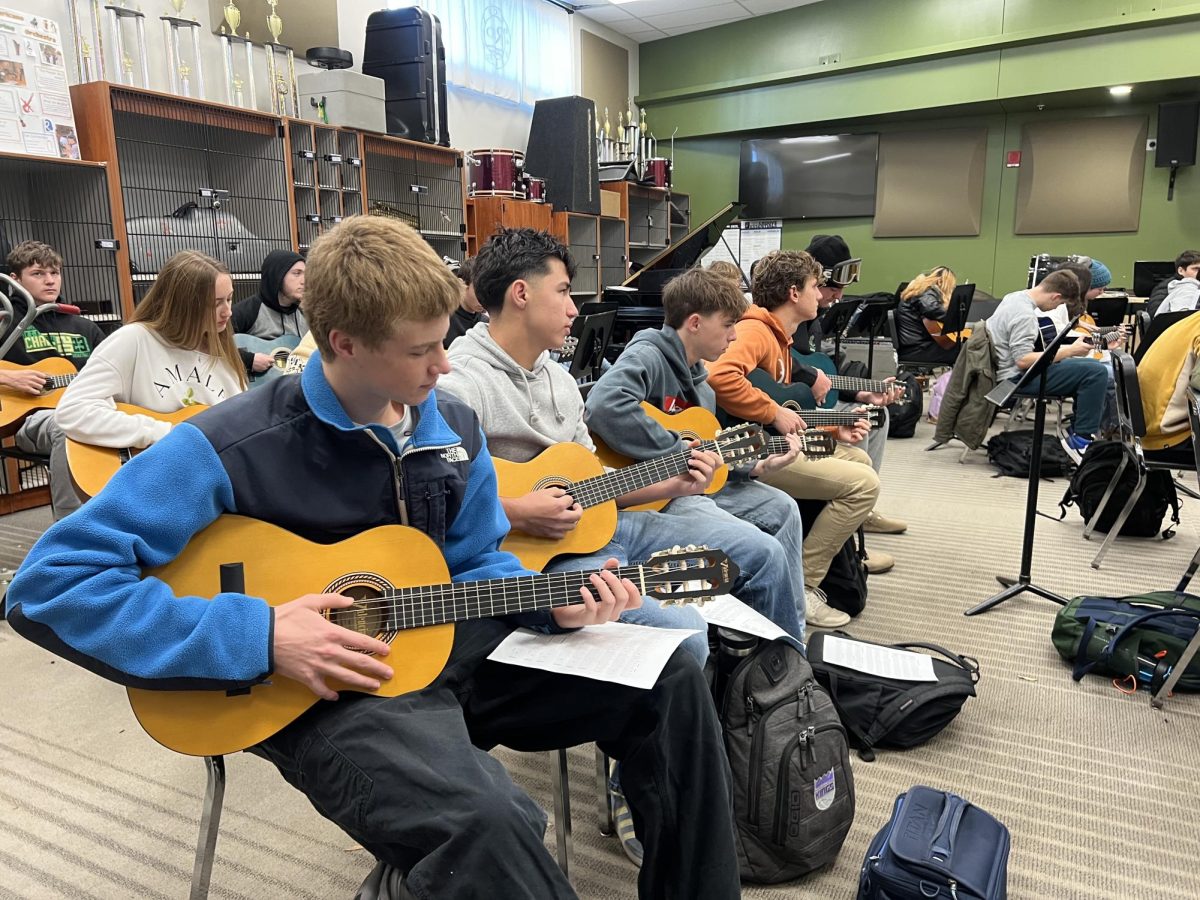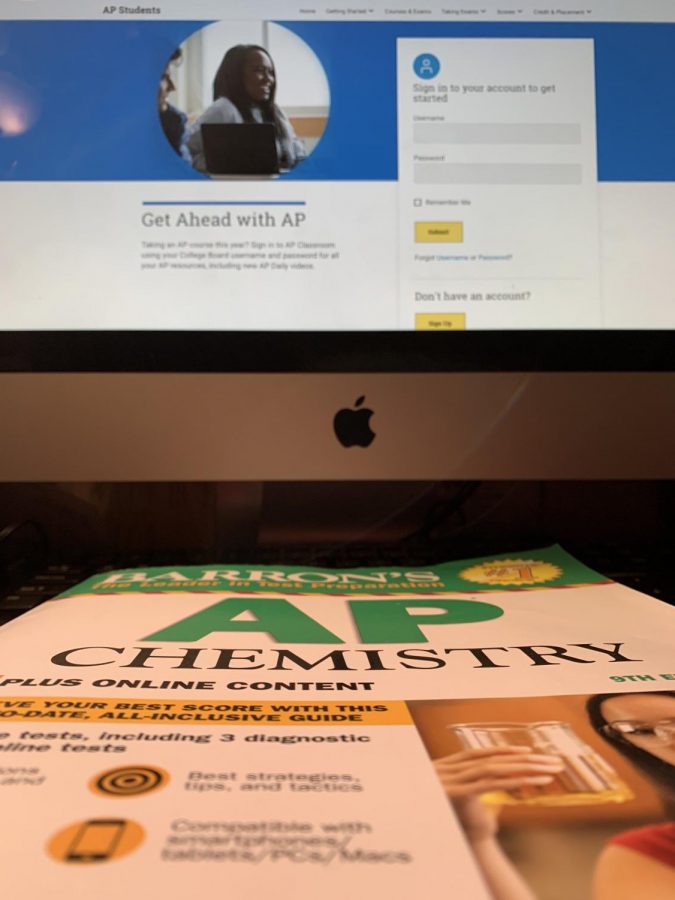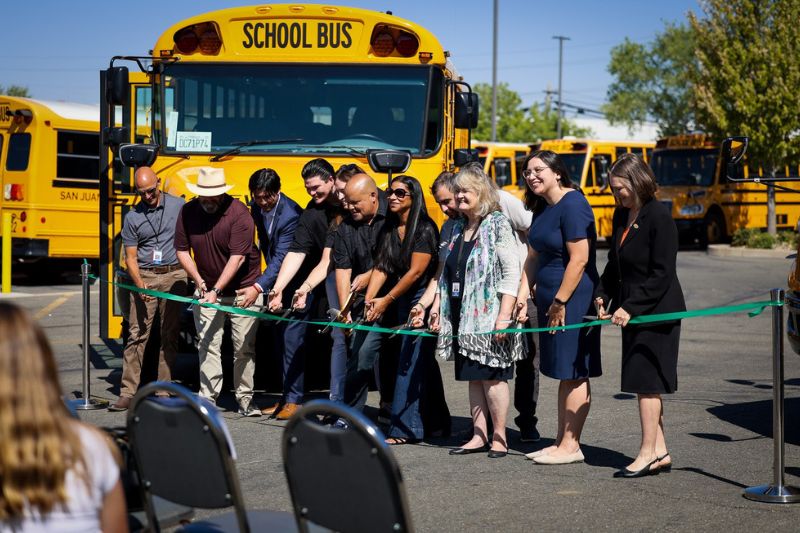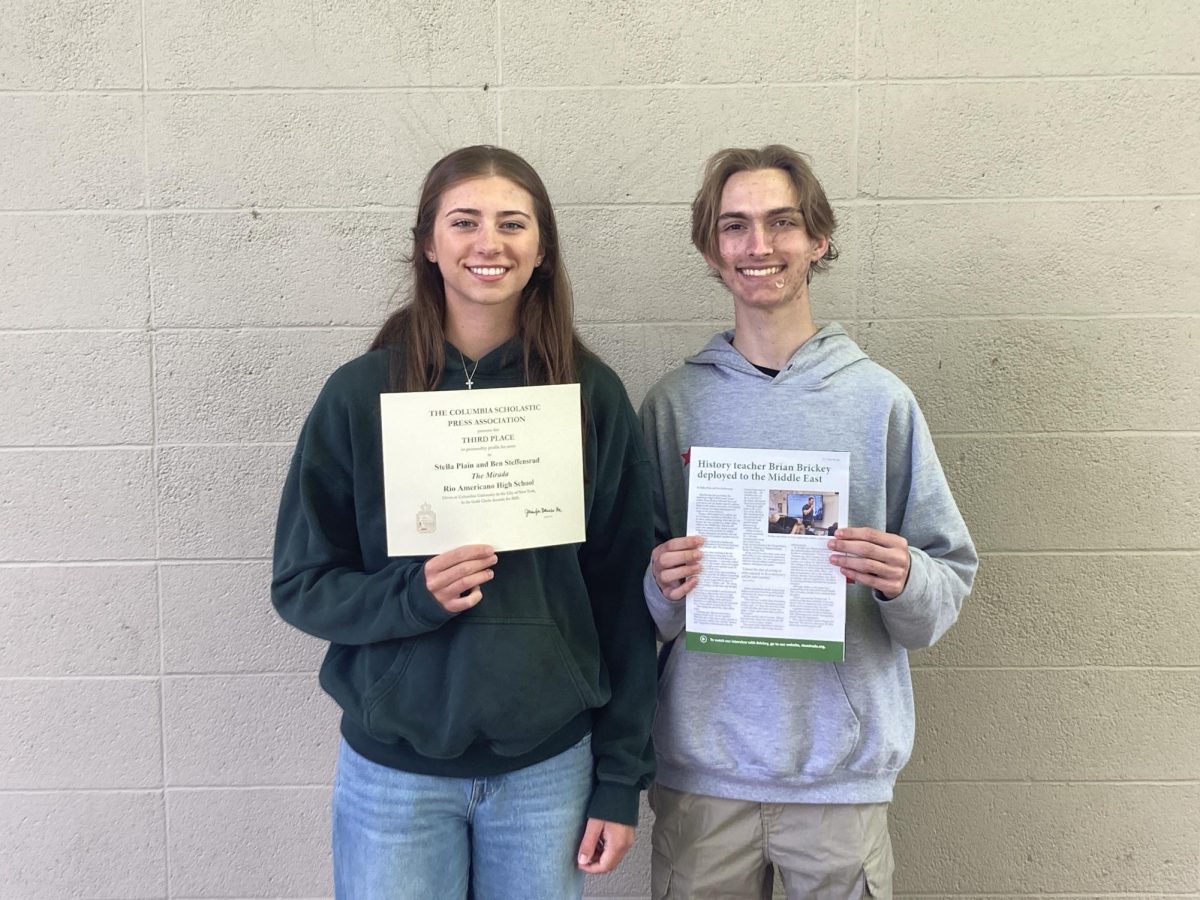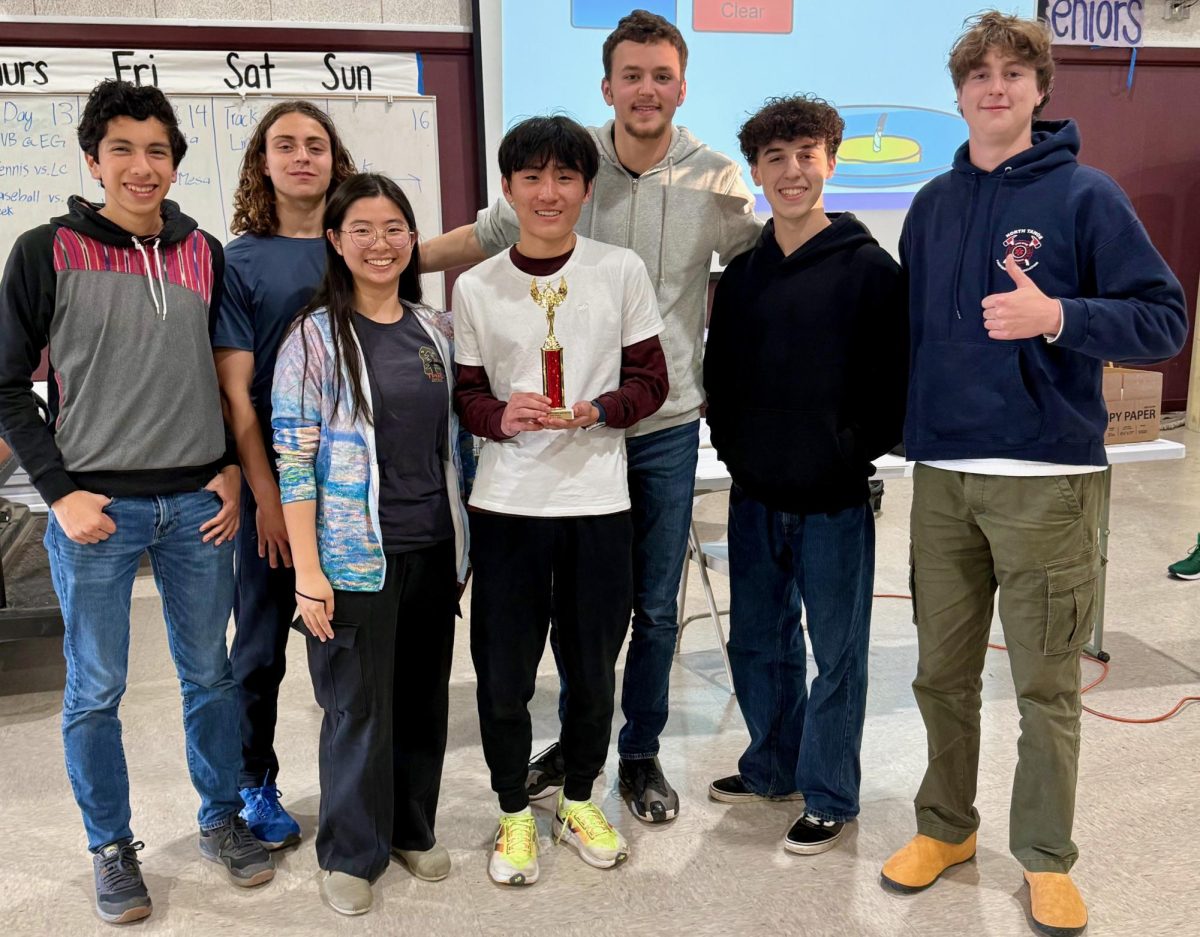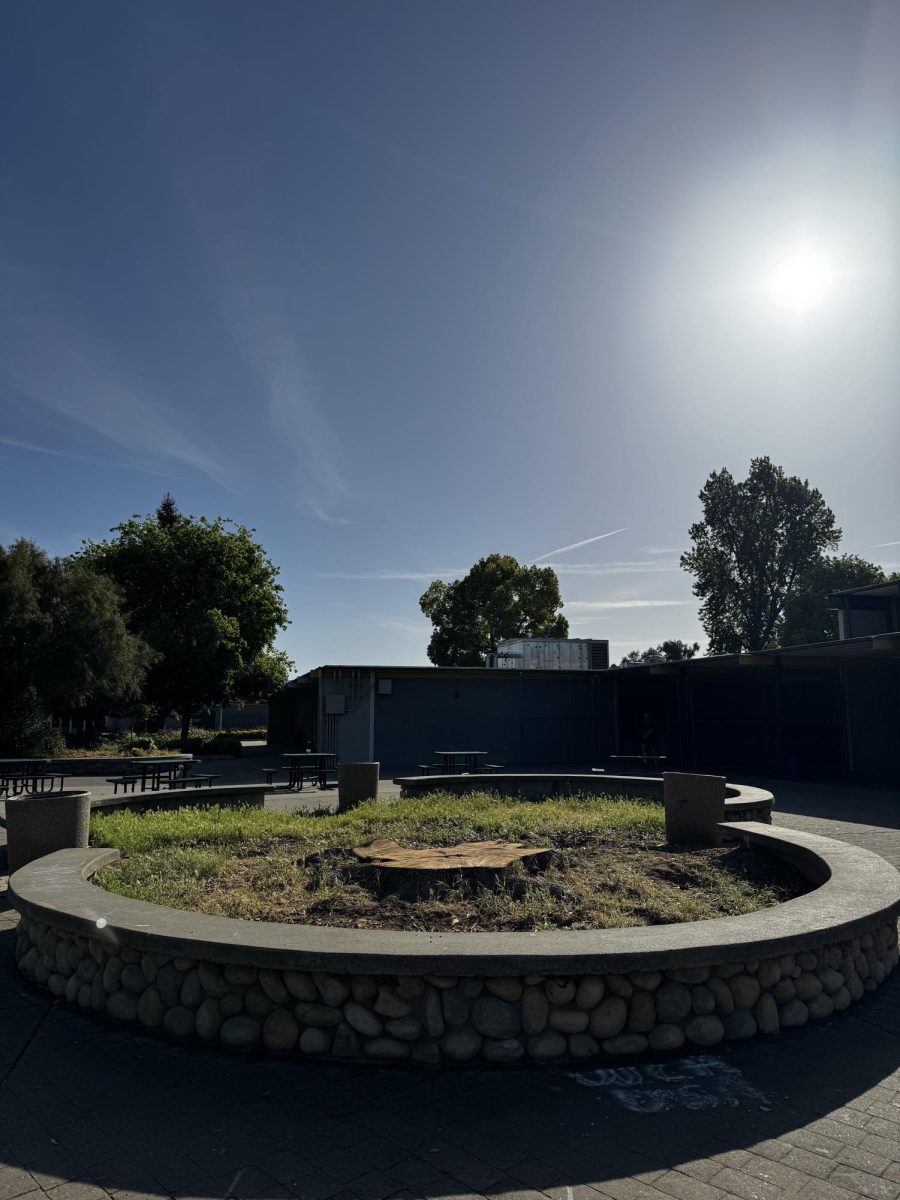Rio Americano’s new orchestra and guitar classes didn’t exist last year. Nor did new high-tech materials for the school’s art classes, or a fresh kiln for ceramics. But funding from Prop 28 has created a windfall for the arts.
Prop 28, approved overwhelmingly by California voters in November 2022, puts up to $1 billion annually toward funding for arts education programs, by redirecting funds in the state budget already designated for education.
Dubbed the Arts and Music in Schools (AMS) Funding Guarantee and Accountability Act, the measure is designed to bring visual and performing arts classes to all students in the state, especially in places where school district budgets have not allowed such classes in the past.
Though Prop 28 was passed two years ago, the money only began reaching school districts in February when the state began distributing this fiscal year’s $907 million allocation. The funding is allocated based on school enrollment and the percentage of students who are economically disadvantaged at a campus.
While the initiative garnered strong support, its restrictive funding model has come under scrutiny since the disbursement of the funds began. At least 80% of the money any school receives must go to hiring new teachers, with 20% available for supplies and training.
Prop 28 funds must also be used to supplement existing programs and not replace existing funds, a requirement that led to a complaint against LA Unified by arts groups and its teachers’ union.
Arts and Music at Rio
Rio receives just shy of $250,000 in Prop 28 funds every year, allocated from the $5.7 million given annually to the San Juan Unified School District.
The funds allowed Rio to hire a new full-time music teacher, giving the music department new sections, including orchestra and two guitar classes, the latter of which serves 73 students.
Prop 28 money was used to purchase 42 guitars as well as the necessary books and storage, newly hired guitar and band teacher Victor San Pedro told the Mirada. (San Pedro is a Rio alum who also completed his student teaching here.)
Band directors Josh Murray and Mitch Evett worked with principal Cliff Kelly to add the new elective, San Pedro said.
“The idea is to add some lower level classes” for equity and to make VAPA classes more appealing, Kelly said. The school’s goal is to balance funding between entry-level and advanced art courses to serve more students.
The expanded band schedule allows San Pedro to team-teach for two classes with Murray and Evett, both of whom had taught those classes alone previously.
Elsewhere, the money was used for two instructional assistants (IAs) who work 20-25 hours a week at Rio, Kelly told the Mirada.
An IA helps in Kari Miller’s drama classes and another in Rene Worley’s ceramics classes. Ceramics is the most popular elective at Rio, and the IA aids in working with the kiln and other materials.
Prop 28 staffing funding also meant Worley could teach 120%, taking on an additional section of ceramics.
Under the remaining 20% of funds meant for supplies and training, art teacher Matthew Seal-Mayr was able to purchase a new desktop computer and large printer, among other supplies. His budget amounts to about $20-25 per student, Seal-Mayr said.
The ceramics room received a new kiln and additional supplies and Rio’s media classes (photography and digital media) got cameras and equipment.
The arts and music department collectively decided to spend the next round of funds on upgrading the band program’s instruments, including $6000 for the purchase of a saxophone for musicians in the band’s nationally awarded top jazz band and ensemble.
“The goal of the money is to supplement, not supplant,” Kelly said. “The idea is we pay for things that we weren’t paying for before.”
Another benefit from Prop 28 funding, Kelly said, is that the money can be rolled over and does not have to be used all in one year.
He is planning to work with counselors in February to collect student feedback on a new elective class to offer at Rio. Students will select from courses already offered at other San Juan schools, and Prop 28 money may be used to fund the class.
District Initiatives
Before Prop 28 money reached SJUSD, the district had 73 full-time high school arts and music teachers. The district considers all dance, media, theater, music, coding and music programs as art classes.
San Juan’s primary goal for high schools with Prop 28 was to “add sections in the master schedule to support arts and music education,” district staff said in a school board presentation last fall. One year of visual and performing arts is already required in high school.
Adding additional classes potentially increases the number of students who can participate in the arts while still lowering current class sizes.
As of the spring, San Juan has increased the total number of arts education positions by 20% districtwide compared to pre-Prop 28 numbers.
That amounts to 11 full-time teachers and four instructional assistants serving 493 students in middle and high schools. There have been 21 new arts education positions in elementary schools, district spokesperson Raj Rai said.
Districtwide, 35 schools, all of which received at least some Prop 28 funding, offer some kind of arts education. (However, there are 64 schools in the district.) There have been 50 new classes at 15 schools.
“Most new art classes are new specialty courses of advanced-level content that previously were not available to students due to master schedule issues,” Rai said. “The increase in classes supported teachers who taught multiple content areas. For example, theater teachers who also taught English are now able to teach more theater classes.”
Another benefit is that teachers who would split their time between different schools could be converted to work full-time at one campus.
SJUSD began recruiting new teachers in October of last year, and efforts are ongoing. The district is seeking three elementary art teachers, one dance teacher and two music teachers. However, because funding distribution is primarily based on school enrollment, a smaller school might receive less Prop 28 money than the minimum needed to hire a new full-time teacher. This means that Prop 28 has the potential to favor urban or higher-enrolled schools.
“While many schools benefited, not all hired at least one new staff member,” Rai said.
An analysis of state funding data shows that similarly sized San Juan Unified high schools, like Bella Vista and Mira Loma, also secure about a quarter of a million dollars annually from Prop 28, the former being the only San Juan school to receive more than Rio.
Similarly enrolled Sacramento City Unified high schools, with higher rates of socioeconomically disadvantaged students, receive closer to $300,000.
Hiring Challenges Affect Schools Statewide
Given that California is in the midst of a historic teacher shortage, hiring new teachers may prove difficult even with the flow of new money.
Further complicating spending options is a requirement that any newly hired teacher (paid with the 80% of funds that must go to staffing) must be certificated or classified, so schools can’t bring in, for example, community center art teachers or independent contractors.
Education advocates and labor unions in LA Unified, among other districts, have also expressed concerns that districts have misused funds by simply letting go of current arts teachers (or asking them to resign) only to rehire them using Prop 28 money, circumventing the process.
San Juan Unified has not done that.
Annual district reports are meant to increase transparency around how the funds are spent.
The district promised that elementary students would receive a guaranteed additional 40 minutes of arts instruction per week, but that “challenges with scheduling and finding qualified arts education staff have occurred,” said Kristi Blandford, Director of Fiscal Services for the district.
Some San Juan schools have also struggled with finding adequate facility space for the new classes, Blandford said.
Since the state sets yearly Prop 28 allotments for each school, they can’t swap funds or use them for other schools’ programs, but they can share teachers to more holistically fund specific positions, according to the California Department of Education.
Before Prop 28, arts education funding for California schools had for years only nominally increased.
“Arts are the glue which brings together literacy, math and critical-thinking skills to help students succeed in school and in life,” Prop 28 author Austin Beunter said after the measure passed. “Prop 28 will make sure every student from pre-school to 12th grade will have the opportunity to participate in arts and music at school.”

